Casamemoire: Why Casablanca’s art deco architecture needs urgent protection
Safeguarding the city’s 20th-century buildings is more important than ever, says Mandy Sinclair
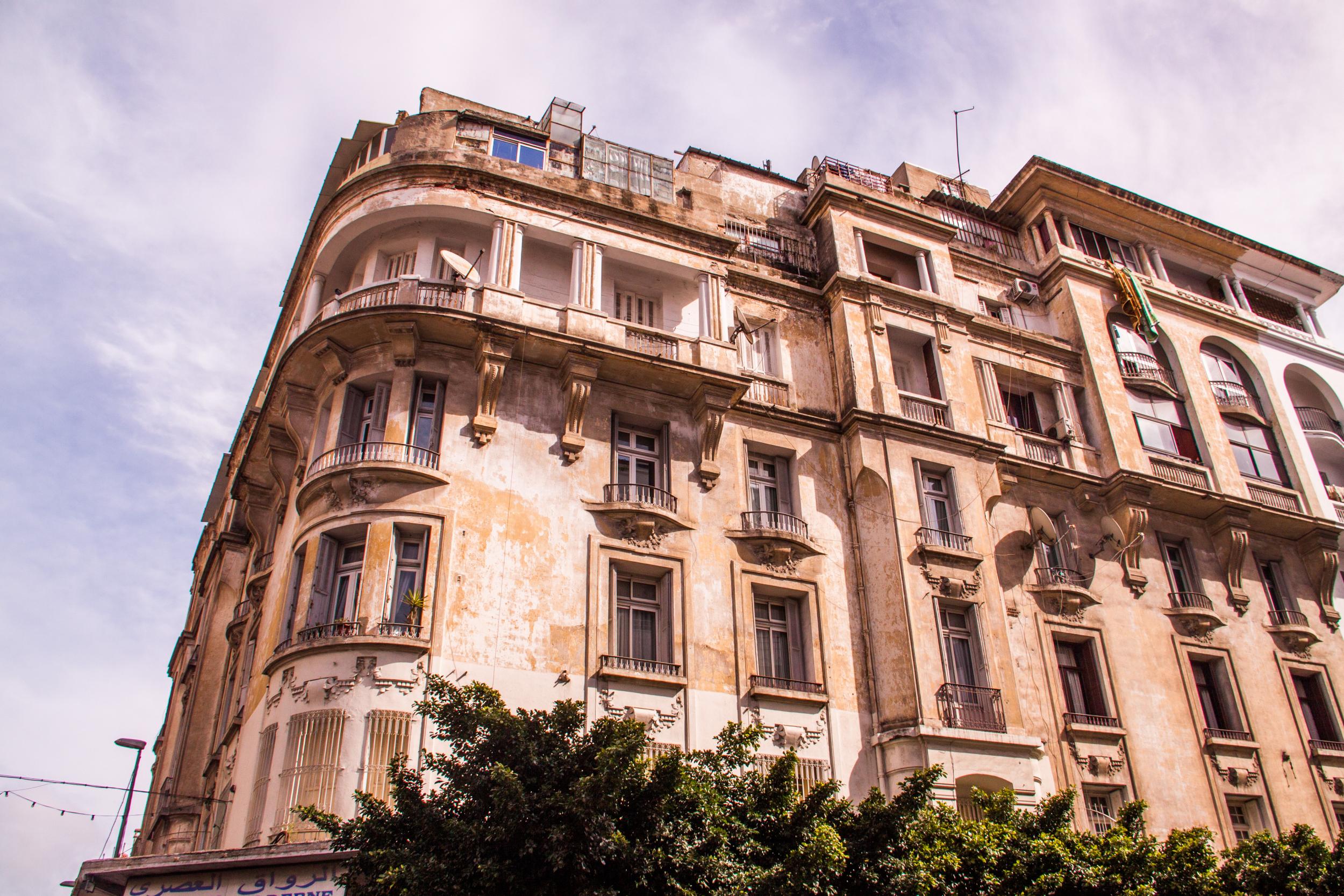
Your support helps us to tell the story
From reproductive rights to climate change to Big Tech, The Independent is on the ground when the story is developing. Whether it's investigating the financials of Elon Musk's pro-Trump PAC or producing our latest documentary, 'The A Word', which shines a light on the American women fighting for reproductive rights, we know how important it is to parse out the facts from the messaging.
At such a critical moment in US history, we need reporters on the ground. Your donation allows us to keep sending journalists to speak to both sides of the story.
The Independent is trusted by Americans across the entire political spectrum. And unlike many other quality news outlets, we choose not to lock Americans out of our reporting and analysis with paywalls. We believe quality journalism should be available to everyone, paid for by those who can afford it.
Your support makes all the difference.In a downtown core jammed with architectural gems built during the French protectorate era, Casablanca serves as an open-air architectural museum. But, as with many cities, the low-rise buildings are at risk of disappearing as developers encroach to make room for larger, multistorey towers. After losing the Vox – the largest cinema in Africa – as well as the city’s municipal theatre and modern villas, one association is trying to save downtown before it’s too late.
Created in 1995, Casamémoire is dedicated to raising awareness of and safeguarding the city’s 20th-century architecture. Its annual heritage days, held from 9 to 13 May 2018, provide an exclusive opportunity to step inside select buildings constructed in the early to mid-1900s and access areas that are otherwise closed to the general public.
Casablanca’s unique style all began when General Lyautey came to town during the protectorate era and turned to city planner Henri Prost to help realise his visions of transforming the place into a significant port and economic hub. International architects working with local craftsman were afforded the freedom to develop the downtown with a mix of architectural styles, mixing modernity with tradition – an innovation at the time, according to Florence Michel, a guide with Casamémoire.
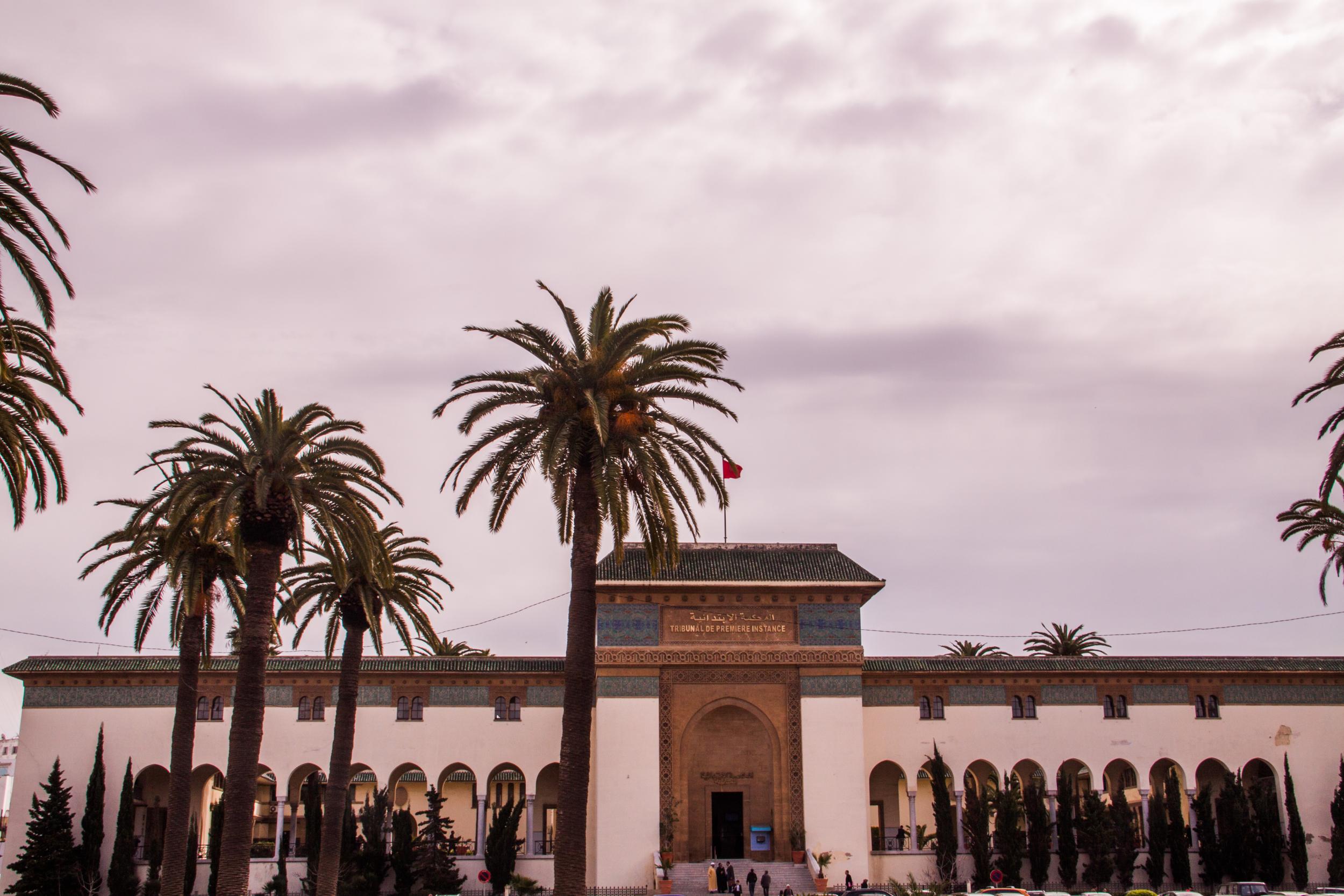
Growing out of the neo-Moorish style seen throughout Tunisia and Algeria, a distinct neo-Moroccan style emerged, blending art deco and art nouveau techniques popular at the time. It’s best seen on Banque al-Maghrib’s facade, where carved stone replaced tilework, a technique typical in neo-Moorish style. Push open the monumental door weighing five tons and the grandeur continues – the art deco interior is decorated with zellij patterns in modern rose and blue hues, and Italian marquetry is used to create Amazigh patterns in the building’s boardroom, all signifiers of the city’s prosperity at the time.
Across the street, colourful tilework decorates the entrance of the still operational neo-Moorish central post office, inspired by the central post office in Algiers. The medallions on the building’s exterior serve as a reminder of the city’s importance in advancements of airmail.
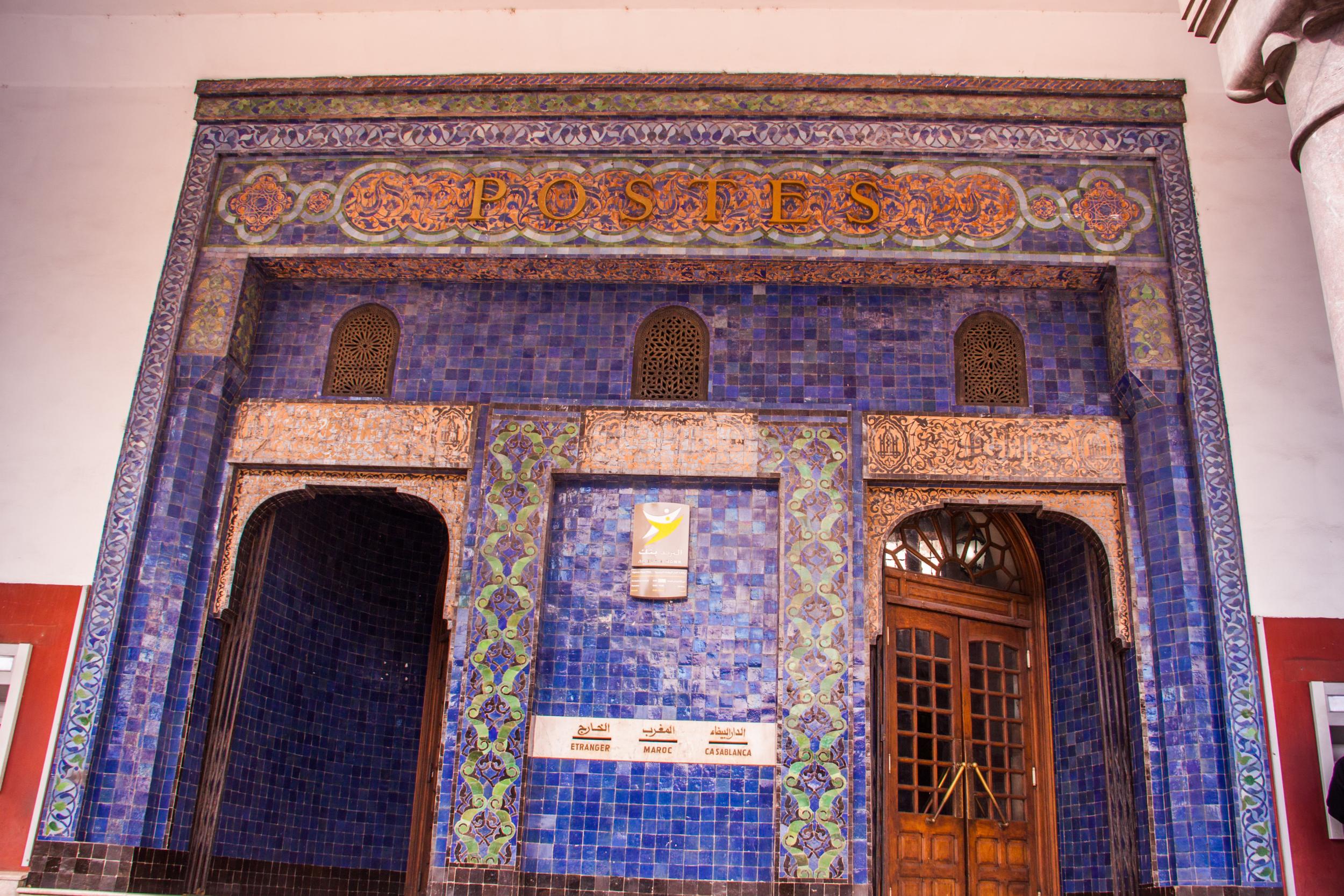
The wilaya (city hall) opposite was constructed in a neo-Moroccan-meets-art deco style, but step inside and the architecture takes an Arab-Andalusian feel where, from under the arches, local government officials’ offices overlook a central patio and fountain. Add to this a streamliner interior, monumental staircase, touches of Venetian style on the exterior and a modernist clock tower, and you have a building that is testament to the city’s innovative architectural heritage.
Nearby neo-Moorish gems like the Excelsior Hotel once accommodated European families for up to three years while sprawling apartment blocks like the Glaoui and Tazi building, named after the families who constructed them, were erected to house the influx of inhabitants moving into town. Constructed with European comforts, the apartments came complete with central heating, lifts and parking. Today the buildings are home to local residents.
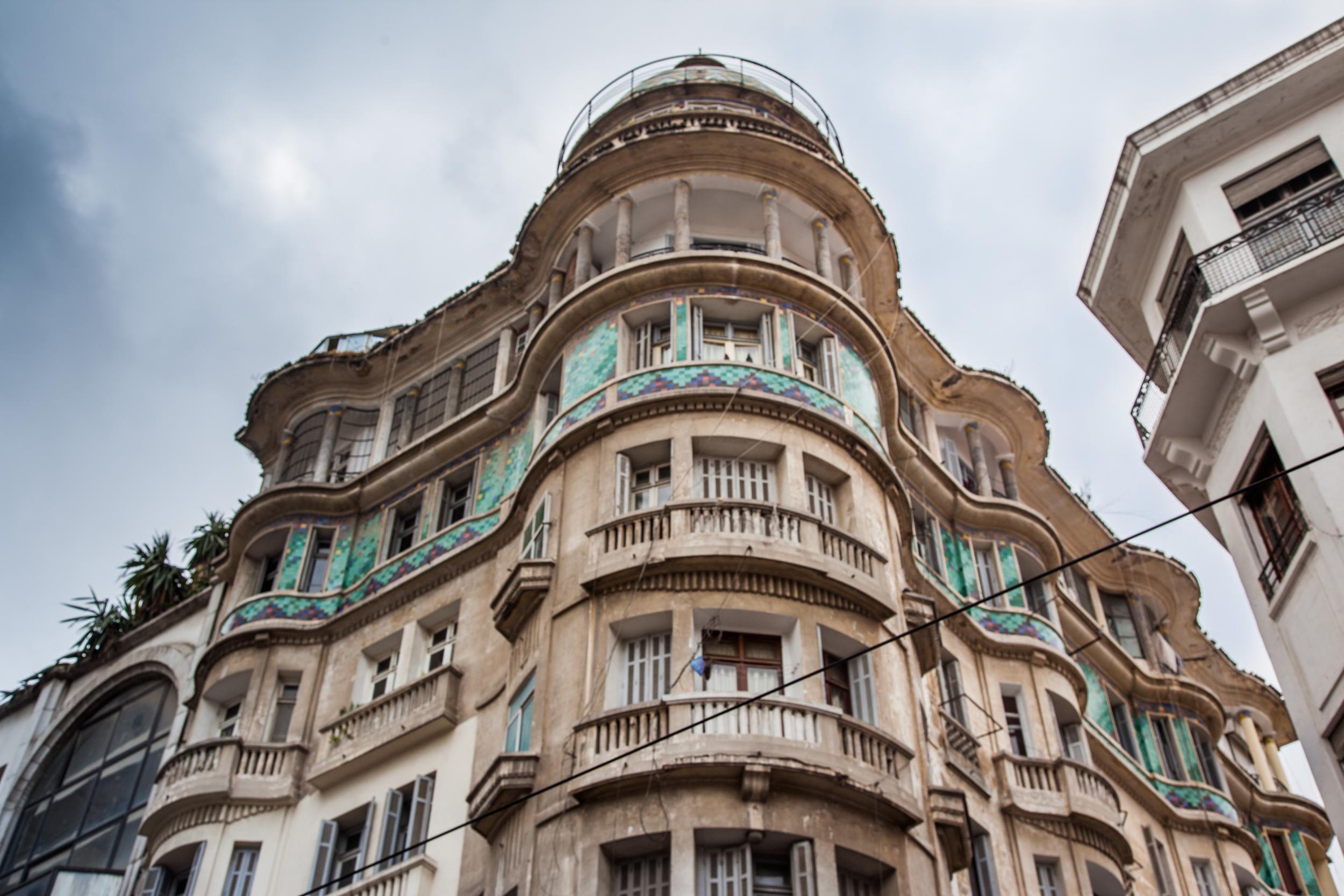
Looking down the city’s main Boulevard Mohammed V, neo-classical structures and art deco edifices sit happily side by side; one art nouveau number stands proudly on the corner, while further along the Maroc-Soir building has neo-Moroccan swagger in abundance. A wander through the immense Glaoui Building, where the central passage remains, leads to an independent cafe – the perfect place to stop for a coffee.
Yet the city centre is at risk.
“People don’t see the architecture as something that needs to be protected, but rather something that’s left behind from the French era,” says Lahbib El Moumni, architect and Casamémoire member.
“During the tours we encourage people to find something within the architecture that relates to our Moroccan culture – interior courtyards, the use of traditional crafts like zellij, ceramics, and how respect for the climate was incorporated into the builds. This was very important for architects working from the 1940s until the 1980s.”
While the administrative centre remains operational, other buildings sit vacant and even abandoned. As El Moumni says: “It’s not enough just to save a building from demolition; it must also survive.”
One solution is to transform buildings to meet the community’s needs, something members of the association are happy to consult on if it means saving a historical building. The gothic-meets-art deco style Sacre Coeur cathedral is a great example of how this can work in practice – it’s reopened as a cultural centre following restoration.
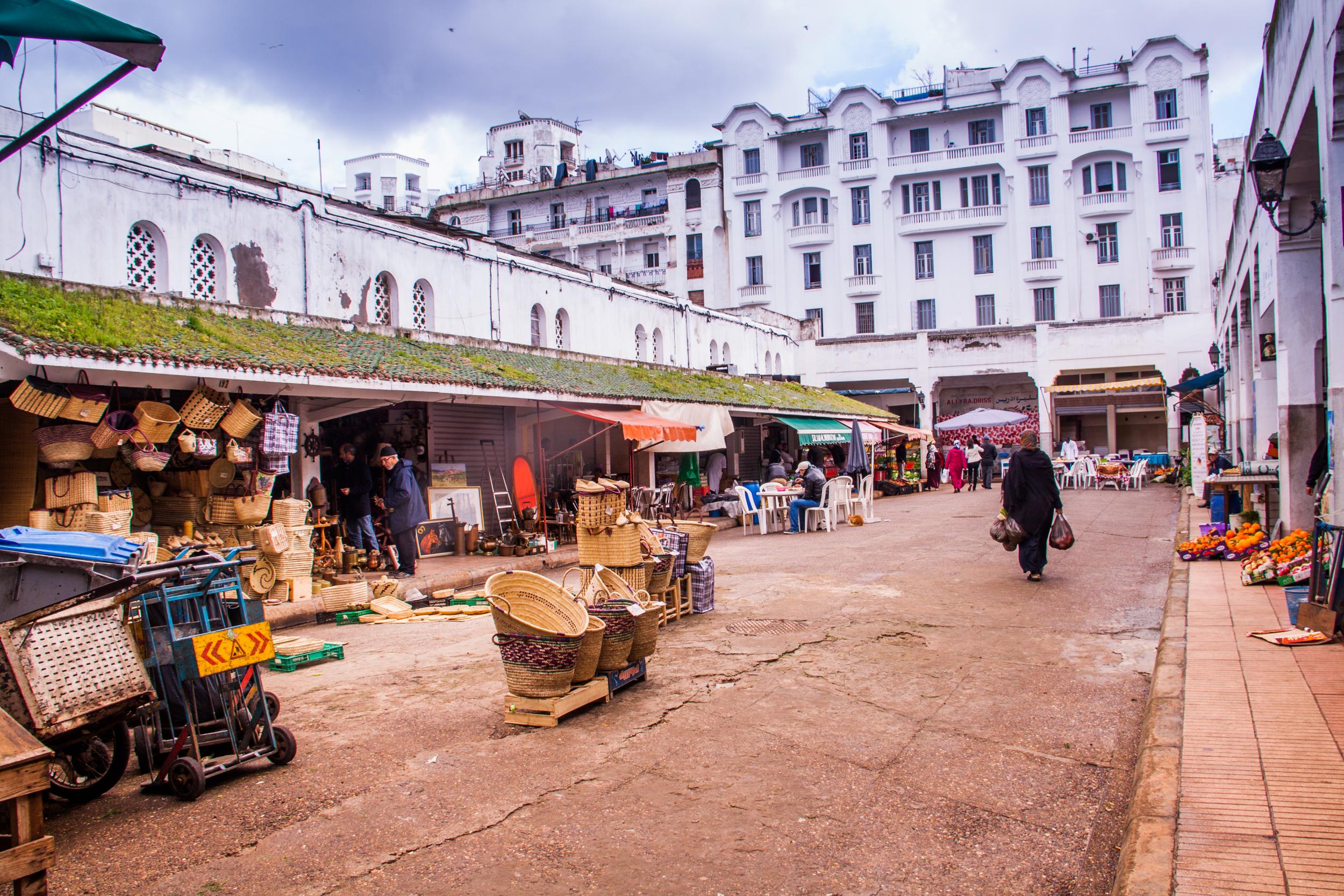
Throughout Casamémoire’s five-day event, cultural happenings and tours of the city’s neighbourhoods, including the industrial zone, are also organised. “Getting the youth out to these events is very important, as they are the generation that may protect the architecture,” says El Moumni.
Beyond the event, the association is applying for Unesco World Heritage Site status. If successful, they may finally have ensured that this incredible piece of history will live on.
Travel essentials
Getting there
Royal Air Maroc flies direct to Casablanca from London Gatwick from £126 one way.
Staying there
The cascading seafront Four Seasons Casablanca is a modern hotel where some of the suites offer ocean-front views, and with on-site spa, ocean-level outdoor pool, and 24-hour business centre. Doubles from €260 (£230), room only.
Join our commenting forum
Join thought-provoking conversations, follow other Independent readers and see their replies
Comments